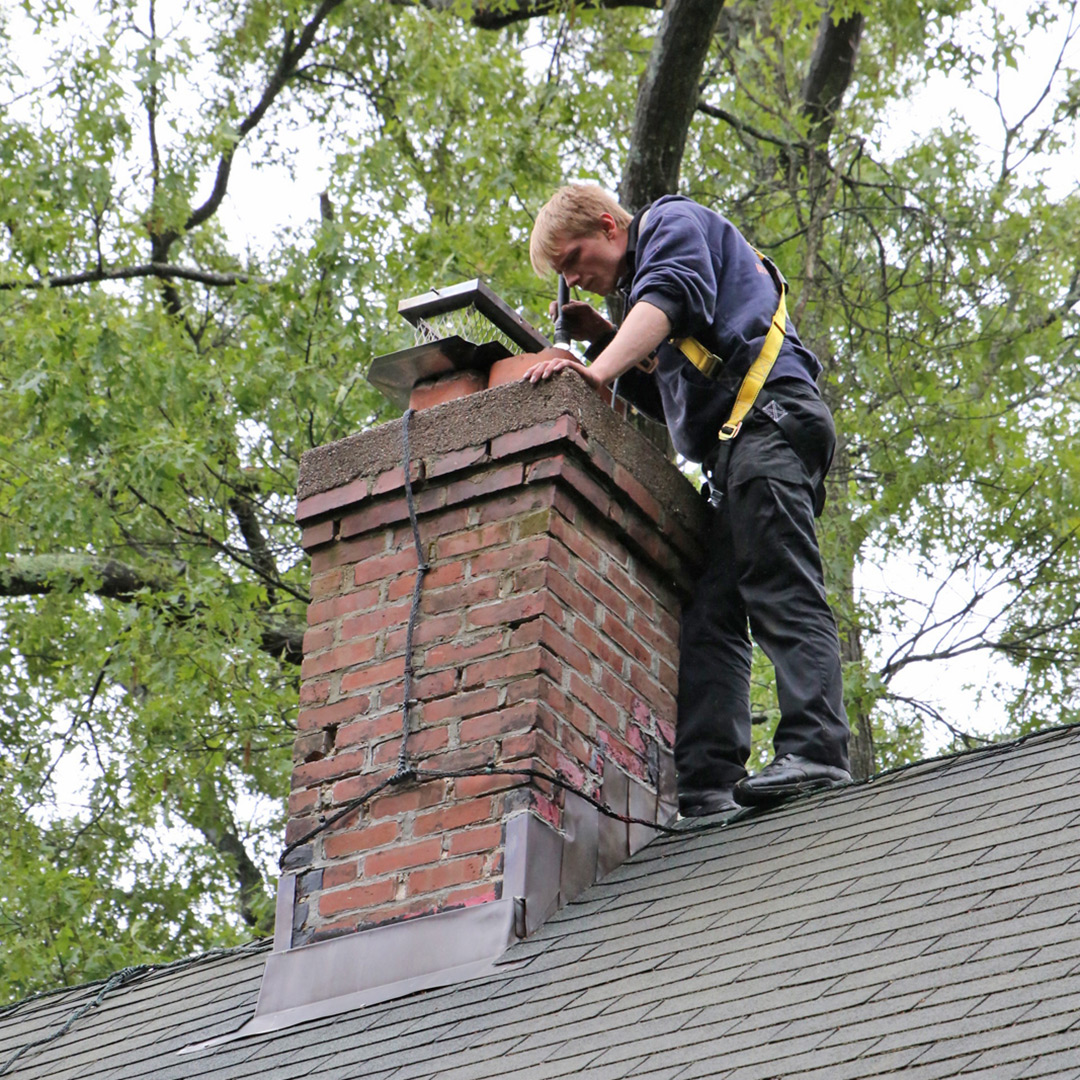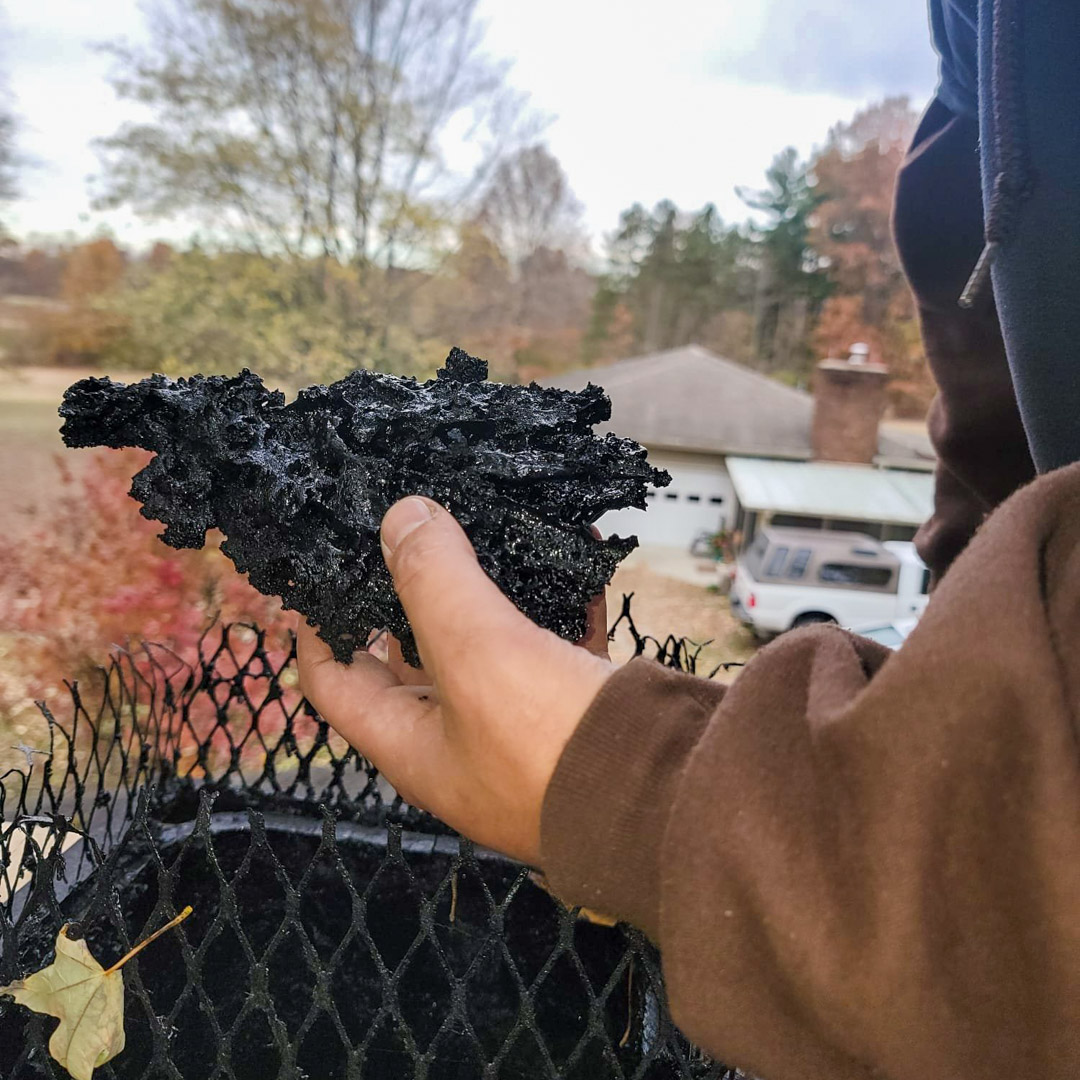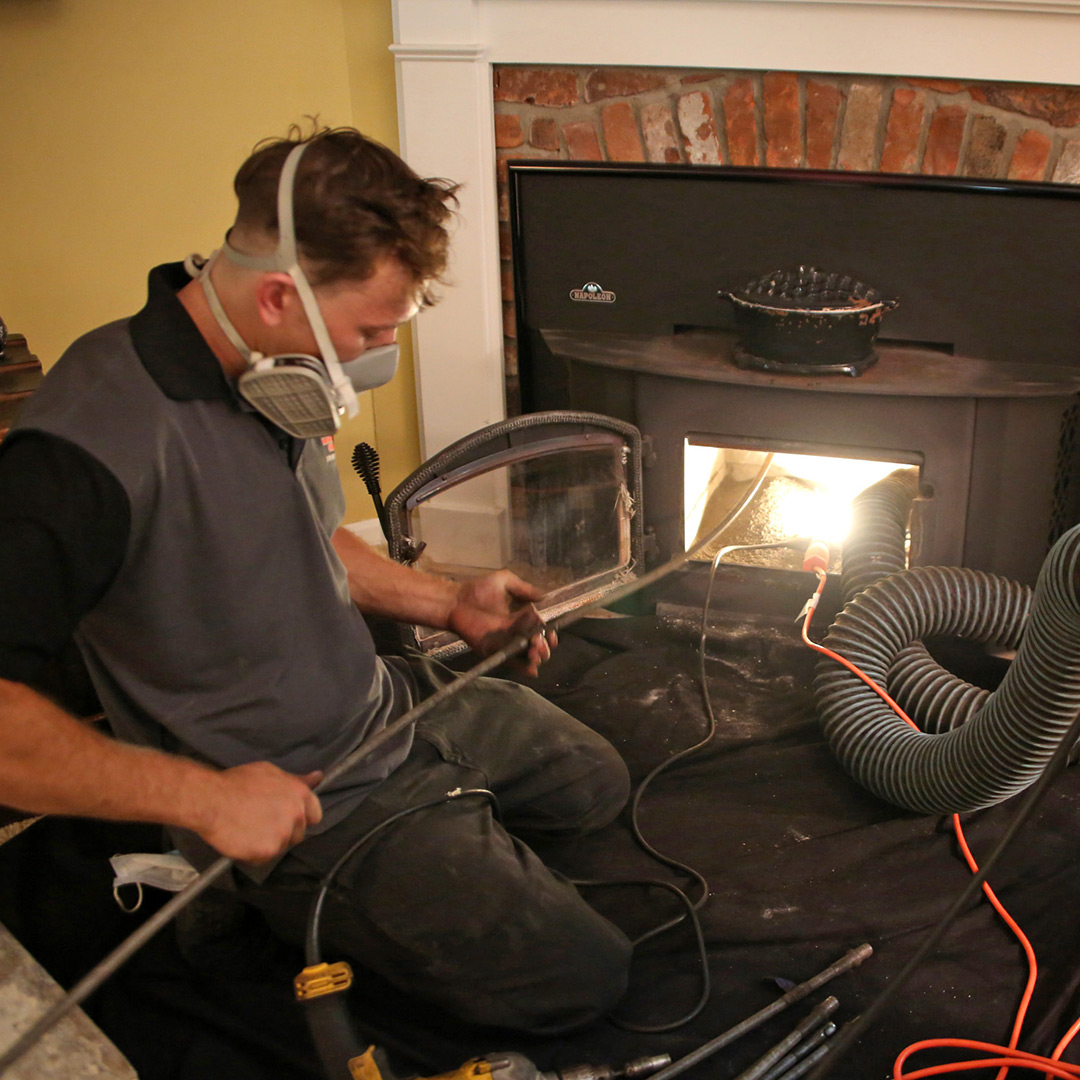Fascinating Chimney Swifts and your home in 2024
Masonry chimneys, with their sturdy structure and traditional charm, often serve as homes to a variety of creatures, including the fascinating chimney swifts. However, as much as these aerial acrobats add to the ecological diversity, their presence can pose challenges for homeowners. In this article, we’ll explore the dynamics of chimney swifts nesting in masonry chimneys, the issues they bring, and responsible approaches to managing this unique situation.

Understanding Chimney Swifts:
Chimney swifts (Chaetura pelagica) are small, insectivorous birds known for their remarkable aerial abilities. With slender bodies and long, curved wings, they navigate the skies with precision, feeding on flying insects such as mosquitoes, flies, and beetles. Historically, they nested in large, hollow trees, but with the decline of such habitats, they have adapted to urban environments, utilizing chimneys as substitute roosting sites.
The Predicament of Masonry Chimneys:
While chimney swifts play a vital role in controlling insect populations, their choice of nesting sites can present challenges for homeowners. Masonry chimneys provide ideal roosting spaces due to their vertical shafts resembling natural hollows. However, the presence of swifts brings with it several concerns, including odor, noise, and potential health risks associated with their droppings.
Addressing Concerns and Legal Implications:
It’s essential for homeowners to understand that chimney swifts are federally protected under the Migratory Bird Treaty Act. This means that disturbing or removing them without proper authorization can lead to significant fines and even criminal charges. Therefore, proactive measures are necessary to mitigate any issues arising from their presence in chimneys.
Responsible Management Strategies:
When chimney swifts are discovered nesting in masonry chimneys, it’s crucial to adopt humane and legal approaches to address the situation. One such strategy is to close the damper to prevent the birds from entering the living space while allowing them to continue their nesting cycle undisturbed. Additionally, scheduling the installation of properly fitting custom masonry chimney cap can deter/prevent swifts from re-entering the chimney after migration.
The Importance of Timing:
Timing plays a critical role in managing chimney swifts. Since these birds are migratory, they typically depart for Central and South America in the fall. Therefore, scheduling chimney cleaning and cap installation for this period ensures minimal disruption to both the birds and homeowners. By waiting until the swifts have migrated, homeowners can address chimney maintenance needs without interfering with the birds’ natural behaviors.
Conclusion:
Chimney swifts nesting in masonry chimneys present a unique challenge for homeowners, balancing conservation efforts with practical concerns. While their presence may initially raise issues such as odor and noise, it’s important to approach the situation with understanding and responsibility. By adhering to legal regulations, implementing humane mitigation strategies, and scheduling maintenance tasks appropriately, homeowners can coexist with chimney swifts while ensuring the safety and functionality of their chimneys. Through thoughtful management, we can appreciate the beauty of these remarkable birds while maintaining the integrity of our homes.
The post Fascinating Chimney Swifts and your home in 2024 first appeared on Southern Chimneys.
This post first appeared on https://southernchimneys.com





 Do you believe that your chimney is leaning?
Do you believe that your chimney is leaning?  What Causes This Build-Up?
What Causes This Build-Up?

